Consumers
SAA Supports Consumers To Make Safe & Reliable Energy Investments
Our mission is to empower consumers to confidently choose accredited professional who deliver reliable support for their renewable energy needs.
We’ve put together some helpful resources and information to help you navigate the process of having solar products installed. If you have any questions, our SAA Team will be happy to help you.
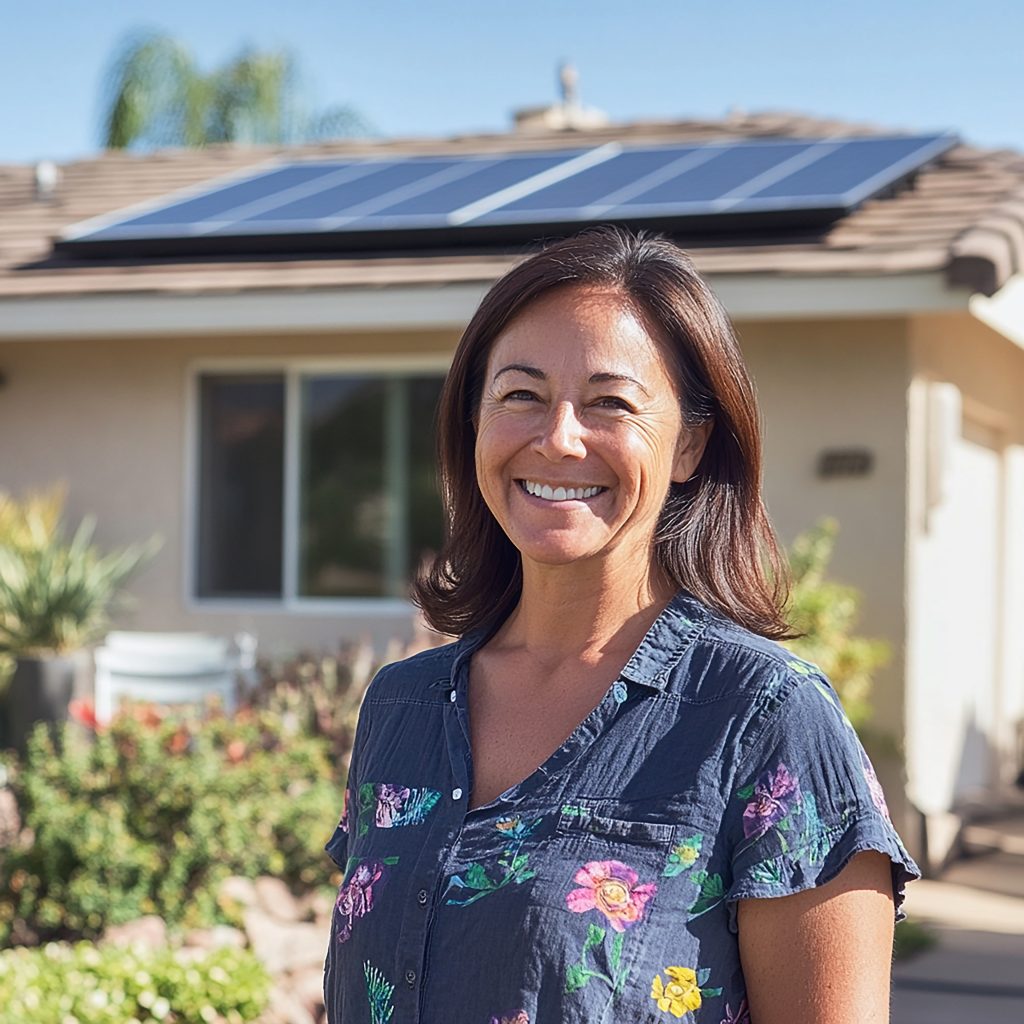
The importance of quality, safety and Accreditation
Thinking about installing solar or adding a battery? Here’s what you need to know before getting started.
SAA-accredited installers and designers are trained to work safely, follow the latest standards, and use approved equipment. Whether you’re installing a new system or upgrading an existing one, accreditation ensures the job is done right — and that you’re eligible for rebates like STCs or the Cheaper Home Battery Program.
What SAA Accreditation Means for You
Choosing an accredited installer helps ensure:
Your system is safe and compliant
Your installer uses approved, quality components
You can access federal and state rebates
The system is designed for performance and longevity
Proper shutdown, labelling, and emergency access are in place
Use accredited installers to have confidence in your energy system.
Choosing an accredited installer or designer gives you peace of mind that your renewable energy system will be installed safely, correctly, and in line with current industry standards.
Accredited professionals have completed recognised training and maintain their knowledge through annual CPD (Continuing Professional Development). This ensures they stay up to date with new regulations, safety practices, and emerging technologies — all of which contribute to better outcomes for homeowners and the wider community.
Here’s why it matters:
Safety First: Accredited professionals are trained to work safely around live electrical systems, install batteries correctly, and follow proper isolation and shutdown procedures.
Correct Labelling: Poor or missing labelling is one of the most common compliance failures. Accredited installers know how to correctly label DC isolators, inverters, battery enclosures, and shutdown switches so emergency services and maintenance personnel can work safely.
Standards Compliance: They follow the latest Australian Standards (like AS/NZS 5033 and 4777.1), ensuring your system is wired and configured correctly and connected to the grid according to national requirements.
Product Quality: Accredited installers use approved components listed by the Clean Energy Council — including compliant solar panels, inverters, batteries, and isolators — helping you avoid unsafe or non-compliant products.
System Design: They understand how to design and configure systems for optimal performance, including correct placement and sizing of inverters, PV strings, batteries, and backup circuits.
Access to Incentives: Only systems installed by accredited professionals are eligible for government rebates like Small-scale Technology Certificates (STCs) or the Cheaper Home Battery Program (CHBP).
Choosing an SAA-accredited installer means choosing a professional who’s qualified, accountable, and committed to getting your system right the first time — protecting both your investment and your safety.
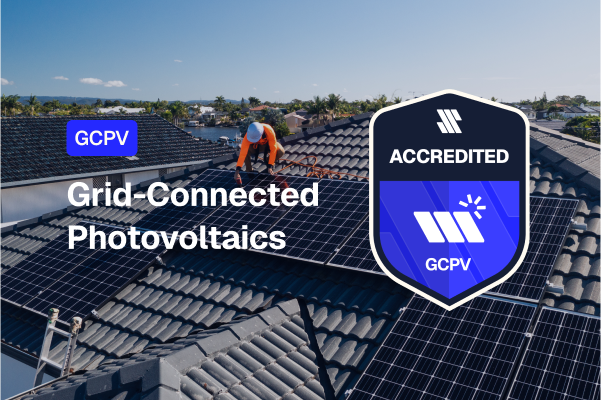
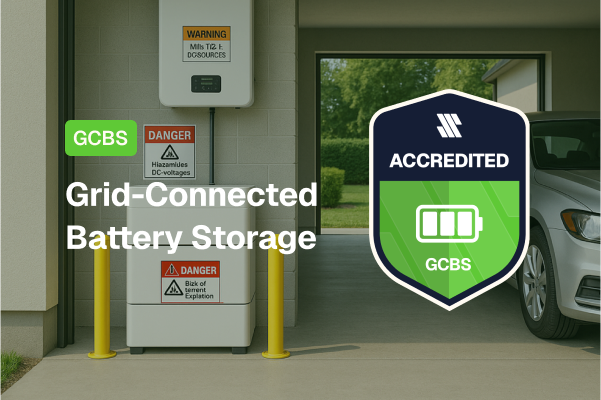
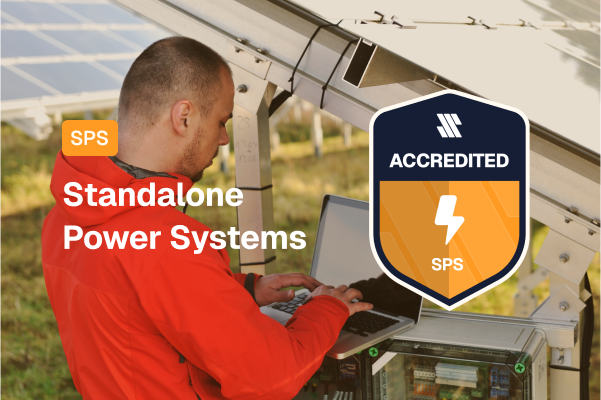
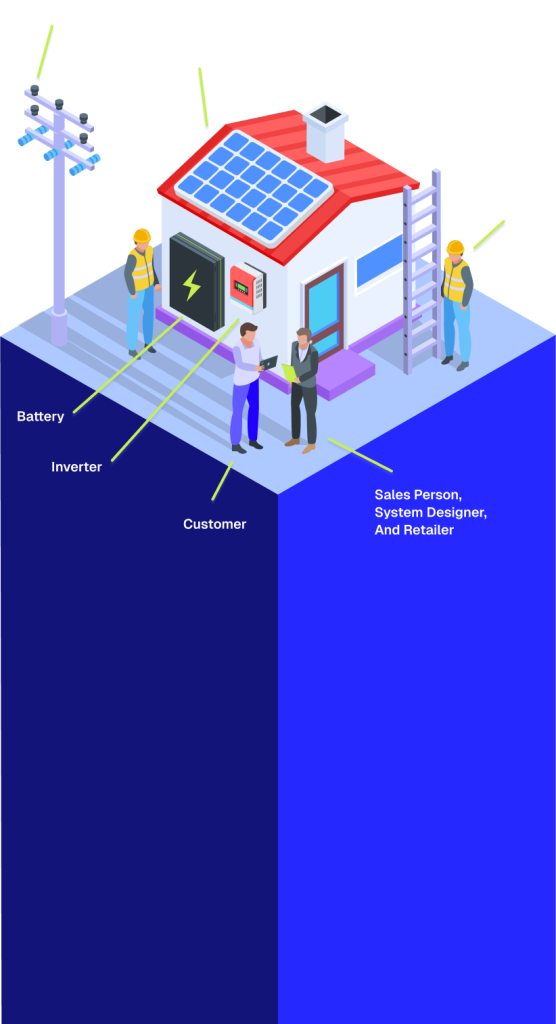
Grid-Connected Solar & Batteries
Installing solar and battery storage at home is one of the most effective ways to reduce your energy bills, cut emissions, and take control of how and when you use power. But to get the most out of your system, it needs to be designed and installed by someone who understands the technology and follows the latest standards.
What’s in a Typical Home Energy System?
Solar Panels – capture sunlight and convert it into electricity
Inverter – converts solar energy into usable power for your home
Battery Storage – stores excess energy for use at night or during outages
Switchboard Integration – directs power safely through your home. Often requires updating if old.
Monitoring System – lets you track performance and savings
These components need to be installed safely and configured to work together. Accredited installers know how to size the system, select compliant equipment, and connect everything in a way that’s safe, reliable, and eligible for government rebates.
Why Add a Battery?
A battery helps you use more of your own solar energy instead of sending it back to the grid. It can also provide backup power during blackouts (if designed for it), reduce your reliance on peak-time energy, and in some states, unlock access to new rebates like the Cheaper Home Battery Program (CHBP).
If you’re installing a battery or hybrid system, your installer must be accredited in Grid-Connected Battery Storage (GCBS). Always ask what accreditations they hold and confirm their status before you proceed.
Off-Grid / Standalone Power Systems
Stand-Alone Power Systems (SPS) are complete energy solutions that operate independently from the electricity grid. These systems typically combine solar panels, battery storage, inverters, and a backup generator — working together to power a property without any grid connection.
SPS installations are most common in remote or rural areas where connecting to the grid is difficult or expensive. Because these systems must operate 24/7 with no backup from the grid, they are generally more complex and require careful design, reliable components, and ongoing system management.
What Makes SPS Different?
Entirely self-sufficient — no grid fallback
Must be able to meet all energy demand, including in poor weather
Often include intelligent system control and auto-start generators
Require detailed load analysis and future-proofed system design
Due to their complexity, SPS installations are typically more costly than grid-connected systems and should only be designed and installed by professionals with SPS accreditation. While SPS may sound appealing for energy independence, they are generally best suited to locations where grid access is limited or unavailable.
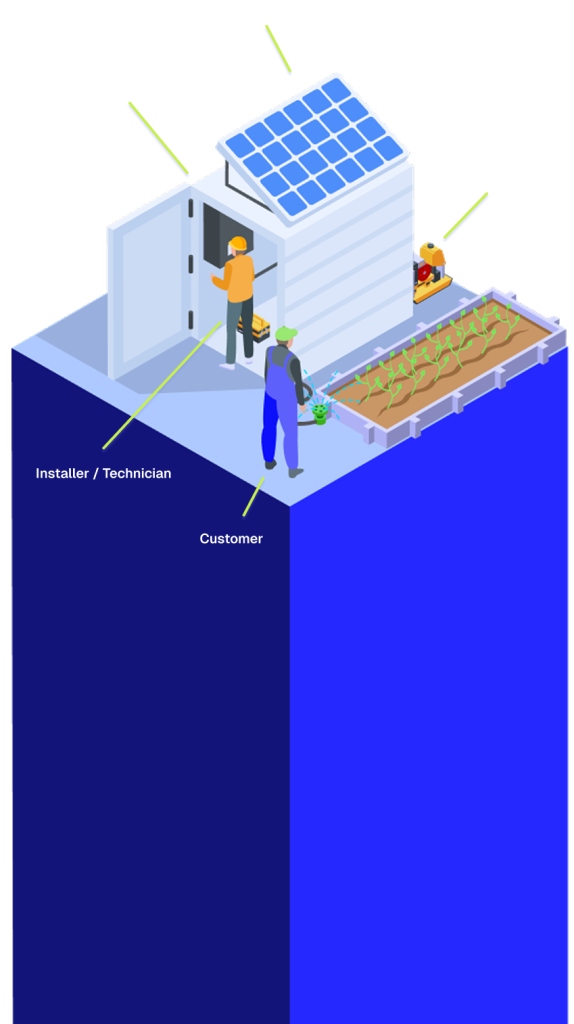
More questions? Contact us at info@saaustralia.com.au
